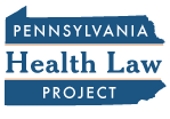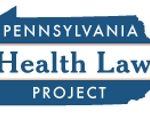PA Moves to Streamline Medicaid Provider Enrollment
 In response to the challenges the state has encountered processing Medicaid provider enrollment applications, the Pennsylvania Department of Human Services (DHS) has unveiled what it believes will be an improved approach to tackling this problem.
In response to the challenges the state has encountered processing Medicaid provider enrollment applications, the Pennsylvania Department of Human Services (DHS) has unveiled what it believes will be an improved approach to tackling this problem.
The improvements include electronic enrollment, standardization of policies and procedures, and additional provider enrollment staffing.
At the heart of the backlog are Affordable Care Act requirements.
Go here to see a message from DHS acting secretary Theodore Dallas on this subject.





